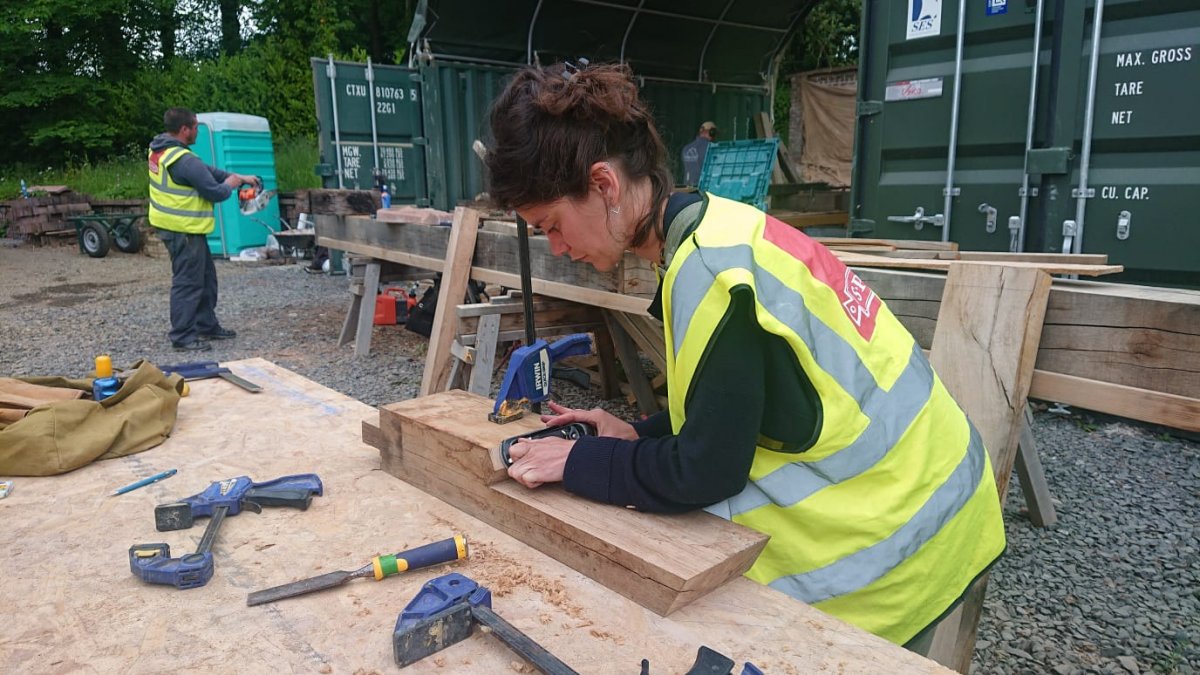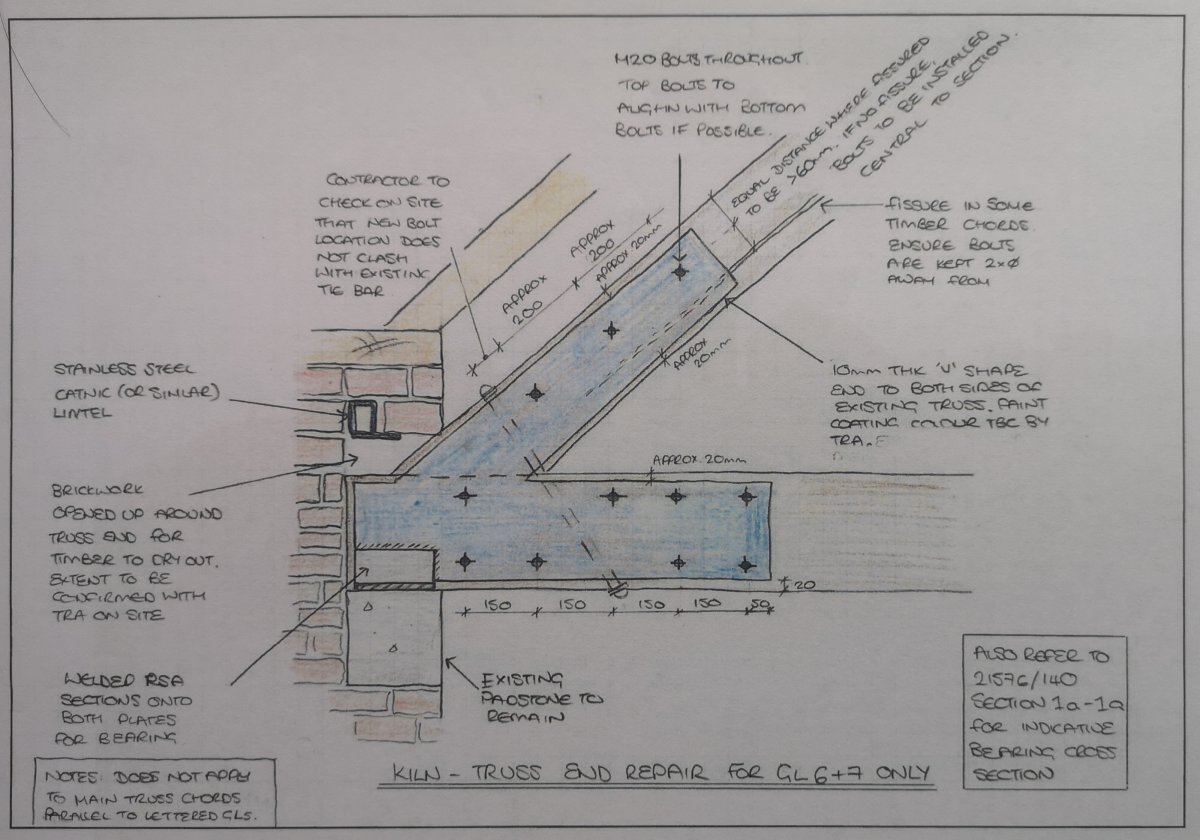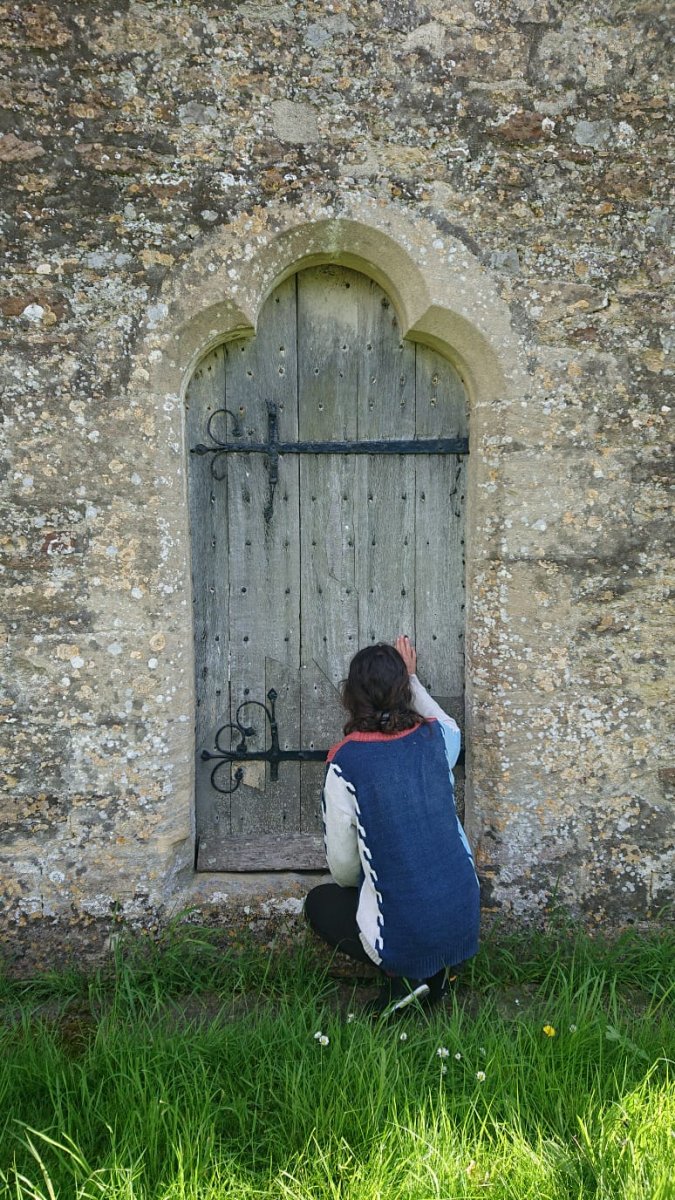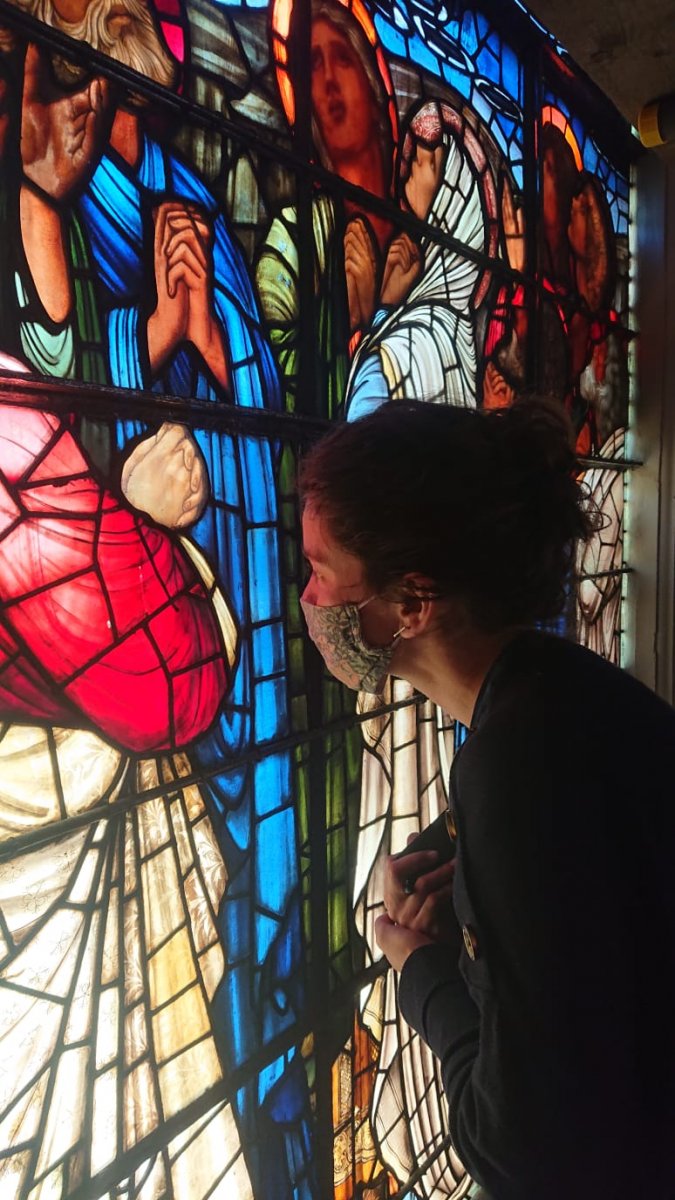To celebrate SPAB Scholar Lucy Newport writes about her favourite parts of her job in conservation engineering...
My role as a conservation engineer is pretty varied; days can consist of surveying on site, drawing up repair details, writing reports and specifications, analysing structural forms or solving problems on site with a contractor. I have already been lucky enough to have worked on repairs for Canterbury Cathedral, a William Burges masterpiece and an early C15th timber aisled barn, and am excited for what might come next.

When I started out my career, I was working in a creative design studio in London – new builds, refurbishments and lots of basement extensions. I learnt a lot but found the theme of ripping out original features in old buildings to create modern spaces disheartening; I enjoy open plan modern architecture, but don’t believe it needs to belong in a Victorian brick terrace.
A few years on and I was fortunate to start in a role where I was the engineer for several buildings of high significance – I found the detective work of piecing together the history of these buildings and sites through the materials used, architectural detailing and structural layout fascinating. Each phase of construction relates to the technologies available at the time, how this had shaped its form and function– as well as any failures they had occurred and why.
My favourite part of a project is the initial surveying stages, and the task of transforming a site walk around into a set of existing plans and details to fully understand the building; and most importantly, communicate this to others. Drawing helps me visualise what is available and how we can move forward for repairs or adaptation. The more I sketch, the more I find problems start to unravel and to some extent, the building tells you what it needs.

Carrying out the SPAB scholarship is providing me the opportunity to see a vast range of sites and buildings, materials and defects, and the varied approaches to conservation and development of historic sites. One area I am interested in exploring this year is the extent we should be using modern materials in historic structures and how these may fair in the future.


Find out more about the SPAB Scholarship and keep up with our 2021 Scholars and Fellows on their journey via Instagram.
